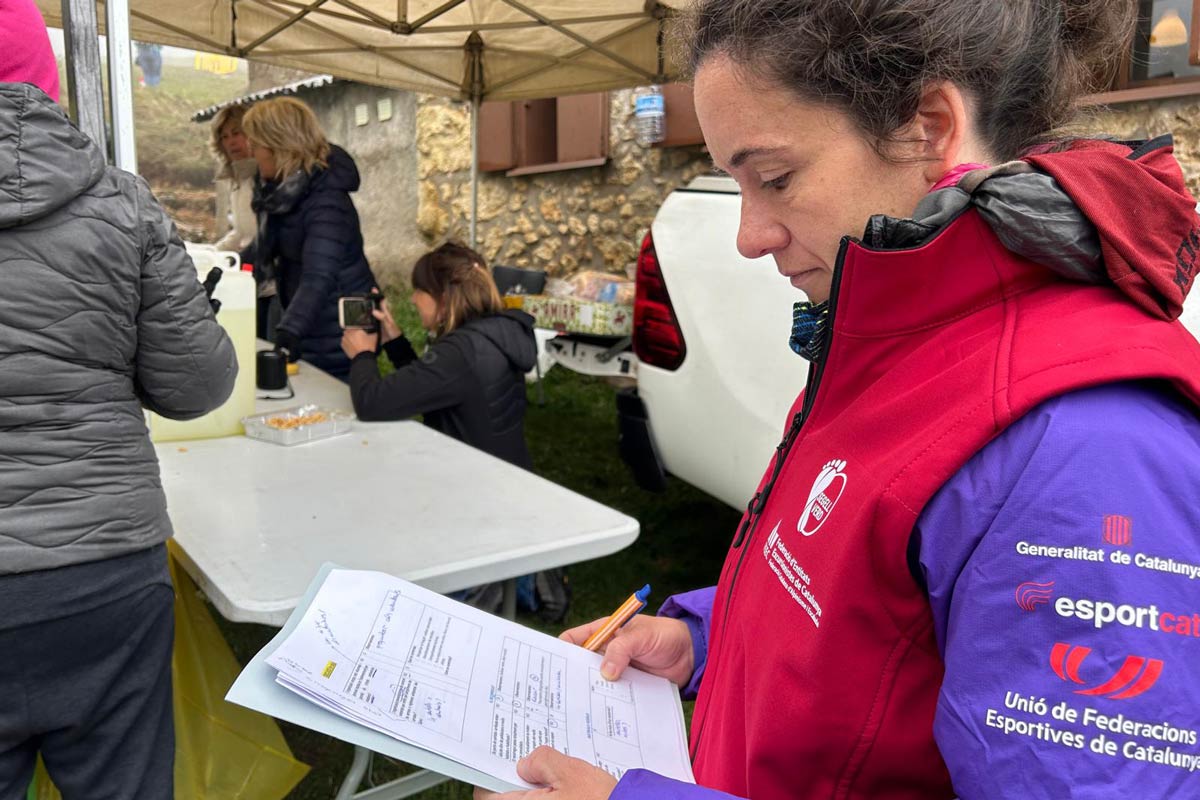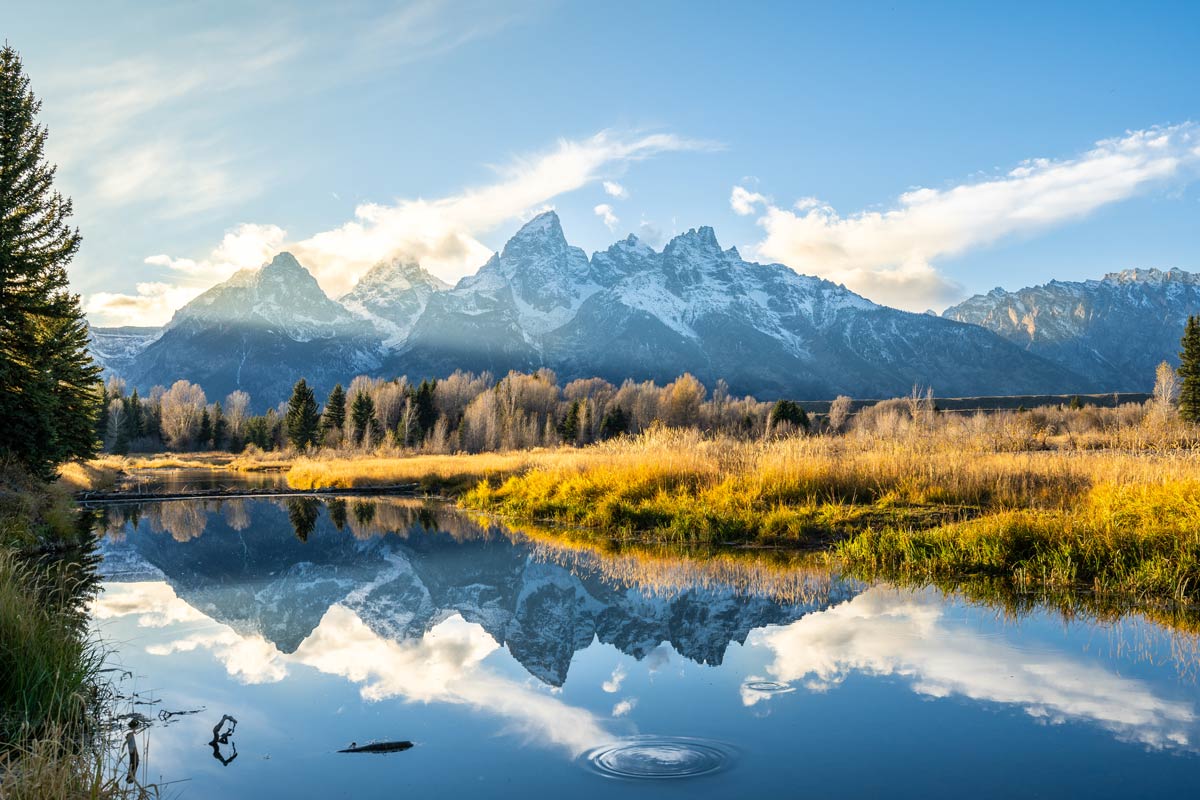Our latest focus on a UIAA MedCom high altitude advice paper focuses on the effect of extremes of temperature on drugs. It is available in English, Czech, German, Greek, Italian, Japanese and Polish. This paper is primarily intended for doctors, non-medical persons and trekking/expedition operators.
Basic problems of drug use in the mountains
Harsh environmental factors – especially heat and cold – can significantly affect drugs, the substances as well as stabilisers and solvents. Temperatures inside emergency medical bags have been reported to be between -40°C and +80°C. Such temperature extremes may be even harsher in a mountaineering environment.
The following recommendations are given to handle drugs under such circumstances (please refer to the paper for further details):
• If an ampoule was frozen, a visual inspection is a “must” to exclude hairline cracks that could cause contamination or oxidation of the drug. Note: often hairline cracks develop and are not visible to the naked eye Therefore previously frozen ampoules should be replaced as soon as possible.
• Any frozen ampoule should be melted carefully and not by excessive heat. Melting frozen ampoules in the mouth is dangerous! If they break, it may result in the person ingesting the drug and having their mouth cut!
• Under any environmental conditions, the ampoule’s content should be clear and its colour should be as usual.
• Any drug that contains proteins (e.g. insulin) and any emulsion will disintegrate by freezing. Never use it then, lethal outcome by pulmonary embolism may be the consequence.
• Capsules (e.g. nifedipine, nitroglycerol) are very fragile if they are frozen, whereas lyophilisates are very temperature resistant if they are not dissolved.
• Avoid exposure of any ampoule to light longer than necessary because many drugs (e.g. nifedipine, theophylline, nitroglycerol, chloralhydrate, insulin) show significant sensitivity to UV light.
• Spray and powder applicator systems provide constant dosages even if ambient air pressure decreases, e.g., when climbing at high altitude. Sprays are extremely cold-resistant, but may explode if heated above +50°C.
• Powder inhalation systems must kept dry in humid climate or during rain to avoid agglutination of the powder. For the same reason, the patient should not exhale into such devices.
• Suppositories will melt above about 25°C. At freezing temperature they show the solidity of glass. They may break while unpacking or cause injuries during application. In any case, they should be re-warmed before unpacking and administration.
Use of emergency drugs in the mountains
The tables in the document give an overview about the topic. In these tables “heat exposure” means exposure to +60°C for several hours. “Cold exposure” was defined by the fact that the ampoule was frozen. For details please refer to the original paper. It must be pointed out, that the knowledge of drugs in extreme environment is limited. Use them with caution in any case.
The full paper provides further details on side effects of special importance, other drug related matters as well as a table providing generic terms for drugs in several languages/countries.
This is the latest extract from a series profiling the UIAA’s renowned high-altitude medical papers. To discover more please click here.
Already published:
#1 Nutritional considerations in mountaineering
#2 Children at Altitude
#3 Mountain activities for people with pre-existing cardiovascular conditions
#4 Avoiding the perils of Kilimanjaro
#5 What you need to know about water disinfection in the mountains
#6 Advice for Gap Year Explorers. How to Check The Quality of a Commercially Organised Trek or Expedition
#7 Dealing with Eye Problems in Expeditions
#8 A Guide on When and How to Use Portable Hyperbaric Chambers
#9 Golden Rules for Novice Climbers
#10 Advice for Women going to Altitude
#11 Advantages and Disadvantages of Using Walking Sticks in the Mountains
#12 Emergency Field Management of ACS, HAPE and HACE
#13 Diabetes
#14 People with Pre-Existing Conditions going to the Mountains
#15 Traveller’s diarrhoea – Prevention and Treatment in the Mountains



